Mindless Tyrant or Misunderstood Leader?
The Wolf of Badenoch is notorious throughout Moray as a cruel tyrant and one of the most destructive characters Scotland has ever seen. He remains best known for rampaging towards Elgin in the 14th century, pillaging beautiful churches while murdering and robbing innocents as he went.
With a name and an introduction like that, it seems like this was a man without a single redeeming feature. The archetypal villain who committed despicable deeds that shook the rest of Scotland to its core. However, the history books were often written by monks and considering the Wolf’s reputation for burning religious buildings, they may have been a little biased.
So, does the Wolf of Badenoch really deserve that title or is he simply the most victimised man in Scottish history?

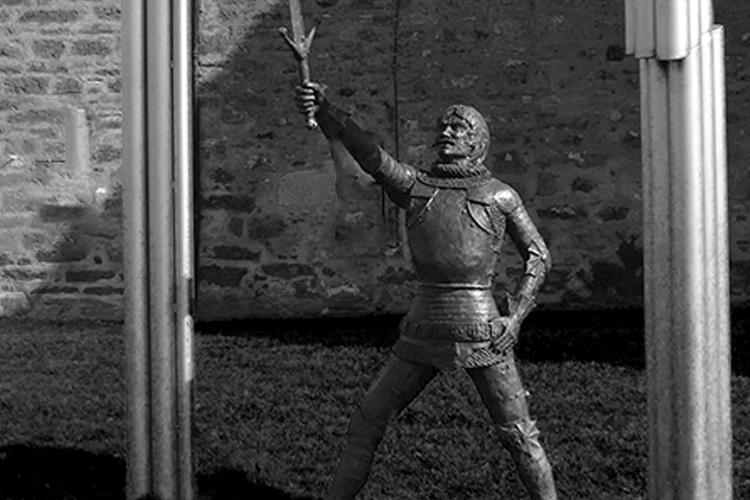
Who was the Wolf of Badenoch?
The man behind the nickname is Alexander Stewart, youngest legitimate son of the future King Robert II. There were warning signs from an early age of how his future might unfold but that doesn’t mean he was a wayward child. Alexander was cut from exactly the same cloth as his ambitious father, the pair were even imprisoned together in Loch Leven Castle.
After Robert became the first Stewart monarch, Alexander became Lord of Badenoch and Justiciar of northern Scotland. But this Wolf was still ravenous for more, gaining enormous territory and new titles by marrying Euphemia Countess of Ross. It wasn’t to be a happy marriage and as the years passed with no child appearing, Alexander spent less and less time at home.
A new royal lineage was a dangerous thing and Moray an unstable place. Recently deprived of strong noble leaders, smaller families were fighting amongst themselves to fill that void. Alexander was tasked with handling these northern threats however he deemed fit.
His chosen method was extreme strength of force, paying bands of armed men known as caterans to dissuade any would-be troublemakers. It was a common tactic in the circumstances, but this necessary evil started to get out of hand. The caterans began causing problems themselves and the Bishop of Moray was suffering worst.
Alexander was cut from exactly the same cloth as his ambitious father, the pair were even imprisoned together in Loch Leven Castle.
Alexander’s list of enemies was growing longer, but he saw himself as untouchable. That began to change in 1388. The King’s health was failing and Alexander’s older brother the Earl of Fife became guardian. Fife was equally ambitious and if he was going to expand his power in the north, then he needed to bring the Wolf to heel.
Alexander was removed from his position as Justiciar, replaced by Fife’s son. This was more than just an insult; it was an attack on his power and Alexander’s opponents saw the scales beginning to tip in their favour. Backed by Fife, Euphemia Ross made an alliance with the man who held the biggest grudge against her husband.
Reign of Terror
She appealed to the Bishop of Moray, complaining that Alexander had abandoned her for his long-term mistress. The bishop revelled in reprimanding this continuous thorn in his side and ordered him back to his wife. Alexander pretended to accept and repent, but under the surface he was furious at both the bishop and his brother meddling in his marital affairs.
When King Robert II died in April 1390, the trouble that had been brewing finally erupted. Seemingly out of nowhere, Alexander earned the moniker Wolf of Badenoch with a brief reign of terror in Moray. His band of armed men rode north from Lochindorb Castle to wreak havoc.
Over the course of 2 months, they destroyed Forres, plundered Pluscarden Abbey and burned Elgin Cathedral to the ground. It might seem like mindless violence in response to a petty squabble, but this was a much more calculated attack.
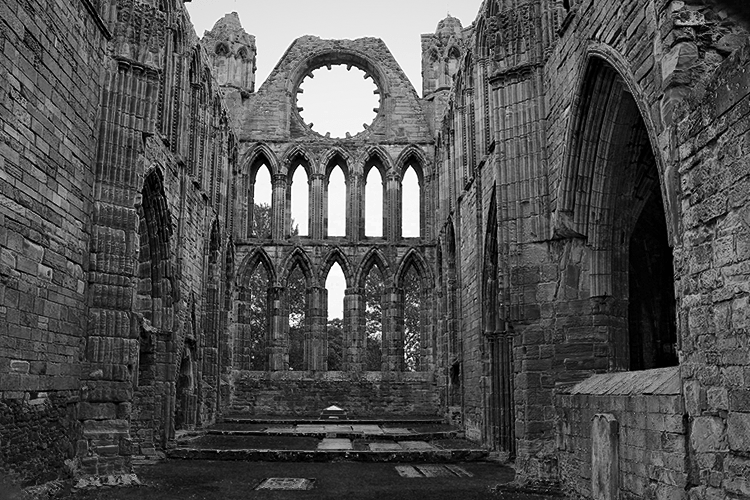
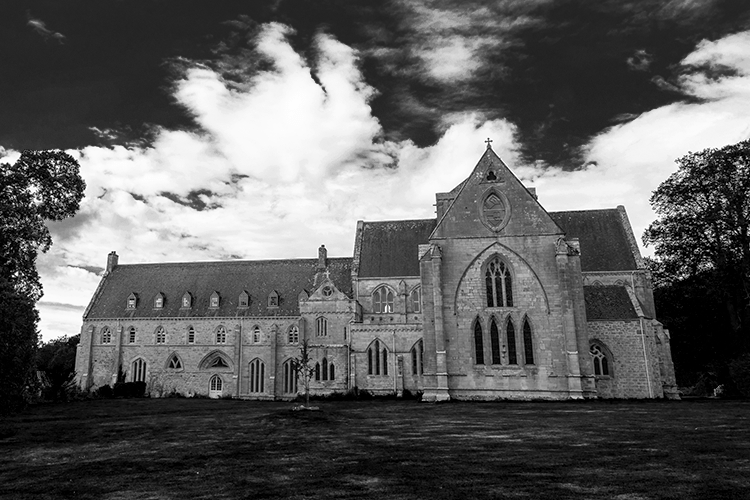

Elgin Cathedral was the Bishop of Moray’s pride and joy, known as the Lantern of the North and the second biggest church building in Scotland.
By striking here, he could teach his chief opponent a lesson while proving to everybody that he was still the true power in the north. He must have hoped that the new King would sit up and realise that he needed Alexander on his side.
It was immediately clear that the Wolf of Badenoch had gone too far. The bishop excommunicated him and anybody who had been sympathetic to his cause quickly disappeared. Forced to make amends, the big, bad Wolf became a meek puppy. He appeared at Blackfriars in Perth, dressed in a sack cloth to grovel at his brother’s feet for forgiveness.
Euphemia got her divorce and Alexander retreated from politics to live out the rest of his days quietly. Moray wasn’t suddenly free of trouble though. Without the Wolf to assert authority, there were even more cateran raids followed by the Lord of the Isles pillaging Elgin once again. Now unrivalled in power, the Earl of Fife would commit equally heinous crimes including starving his nephew to death.
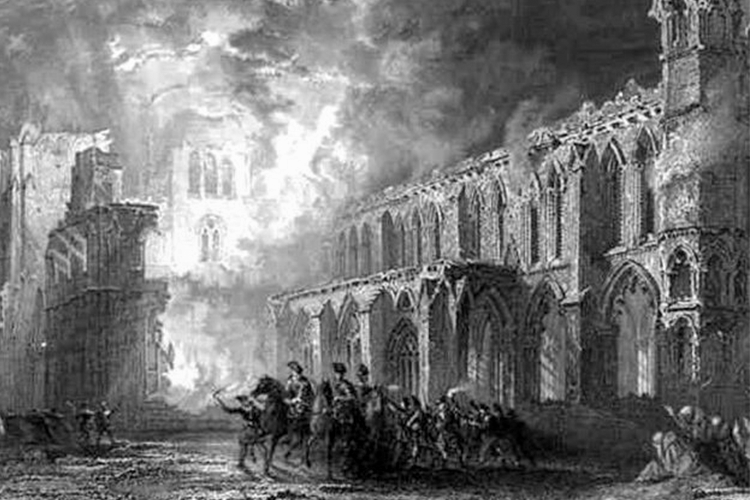
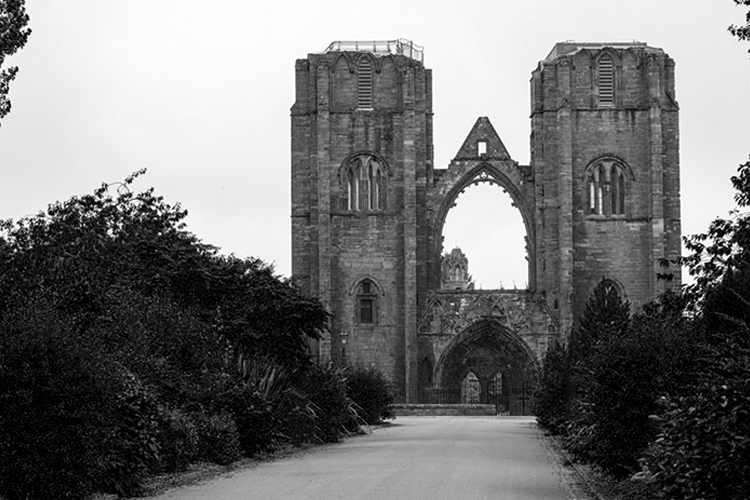
The Wolf’s Legacy
Nevertheless, the Wolf of Badenoch became Scotland’s bogeyman. It’s said that one stormy night while Alexander was safely sheltering inside one of his many castles, a mysterious visitor appeared at the door. This dark figure challenged the Wolf to a game of chess and ever eager for a wager, Alexander accepted.
The Wolf had met his match and every time the stranger called Check, the storm outside would rage that little bit wilder. When Checkmate was played, the challenger revealed he was the Devil, there to claim the most despicable soul in Scotland. Alexander was discovered dead, without a mark on him, but with all the nails torn from his boots.
The story of the Wolf of Badenoch and his wicked men, rampaging through Moray and burning churches has become popular legend. It’s easy to assume that this vast destruction was born purely out of spite by a man who loved violence.
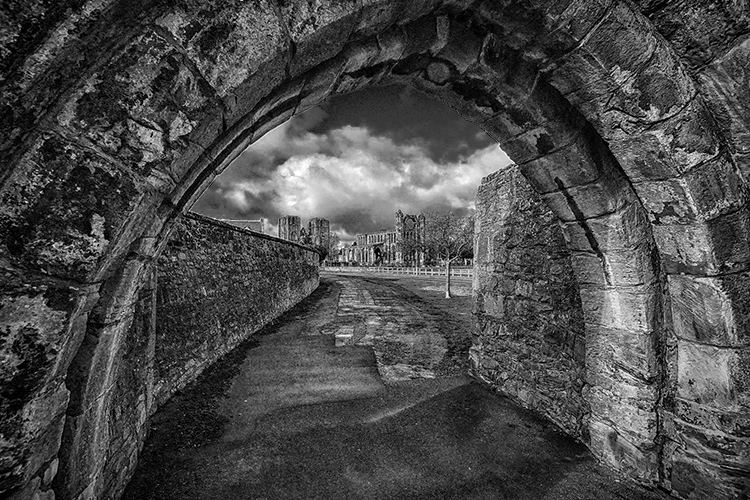
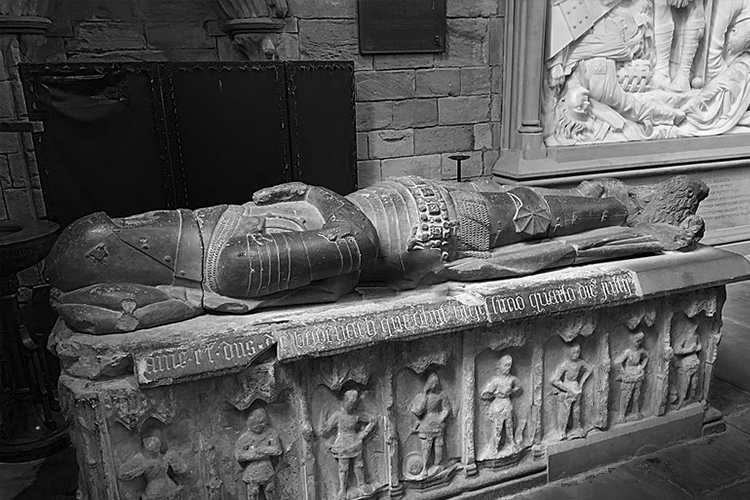
In reality, Alexander was an aggressive man, but during a turbulent chapter of Scottish history he was by no means the worst noble around. The Wolf of Badenoch name didn’t actually appear until around 40 years after his death, given to him by an unhappy churchman. During his life he was more often known as Great Alexander the King’s son.
When it comes to deciding if he was a wild, wicked Wolf or the great Prince Alexander, like usual the truth is hiding somewhere in the middle.
